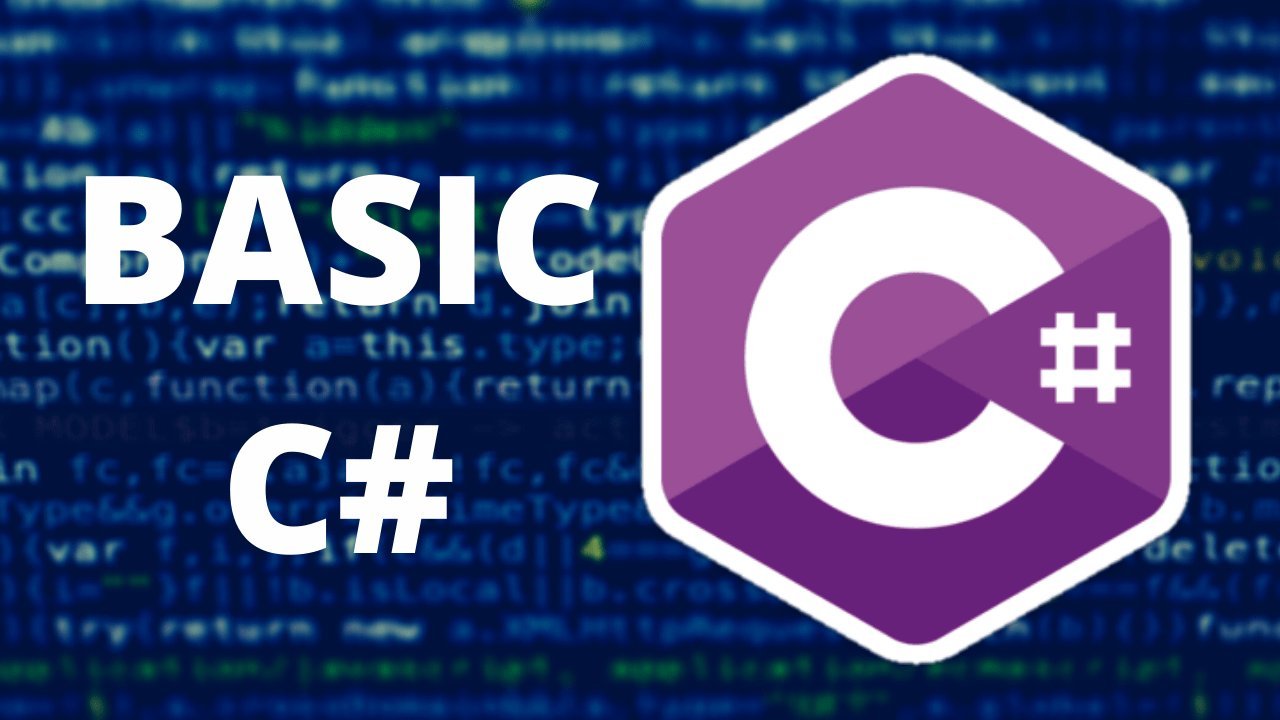代码审查实战:6个常见案例教你避坑与提升代码质量
作者:微信公众号:【架构师老卢】
3-1 7:54
394

我从事代码审查已有相当长的一段时间,并总结出了一些常见模式,这些模式帮助我更好地进行代码审查。根据我的经验,我整理了一份在审查任何拉取请求时关注的重点清单。
在本文中,我们将一起进行代码审查,并学习审查时需要注意的事项。我们还将讨论如何以专业和尊重的方式进行代码审查。
审查 1:发现常见错误
在审查代码时,我首先关注的是识别开发者常忽略的常见错误。让我们通过以下代码来发现一些常见错误和反模式:
public class OrderProcessor
{
private readonly List<Order> _orders;
public OrderProcessor(List<Order> orders)
{
_orders = orders;
}
public void ProcessOrders()
{
foreach (var order in _orders)
{
if (order.orderStatus == "Paid")
{
order.orderStatus = "Shipped";
Console.WriteLine($"Order {order.order_id} is now Shipped.");
}
else if (order.orderStatus == "Shipped")
{
order.orderStatus = "Completed";
Console.WriteLine($"Order {order.order_id} is now Completed.");
}
}
}
}
public class Order
{
public int order_id { get; set; }
public string orderStatus { get; set; }
public decimal TotalAmount{ get; set; }
}
你发现代码中的问题了吗?
是的!这段代码存在多个问题:
- 缺乏异常处理:
ProcessOrders方法没有try-catch块,如果出错会导致应用程序崩溃且无日志记录。 - 硬编码状态值:直接使用字符串(如
"Paid"和"Shipped")进行状态比较,容易出错。 - 命名不一致:
Order类的属性命名混乱(如order_id是蛇形命名,orderStatus是驼峰命名,TotalAmount是帕斯卡命名)。
修复后的代码:
using System;
using System.Collections.Generic;
public class OrderProcessor
{
private readonly List<Order> _orders;
public OrderProcessor(List<Order> orders)
{
_orders = orders;
}
public void ProcessOrders()
{
foreach (var order in _orders)
{
try
{
// 使用枚举进行状态比较
if (order.Status == OrderStatus.Paid)
{
order.Status = OrderStatus.Shipped;
Console.WriteLine($"Order {order.Id} is now Shipped.");
}
else if (order.Status == OrderStatus.Shipped)
{
order.Status = OrderStatus.Completed;
Console.WriteLine($"Order {order.Id} is now Completed.");
}
else
{
Console.WriteLine($"Order {order.Id} has an unknown status: {order.Status}");
}
}
catch (Exception ex)
{
// 正确处理并记录异常
Console.WriteLine($"Error processing order {order.Id}: {ex.Message}");
throw ex;
}
}
}
}
public class Order
{
// 保持一致的命名规范(帕斯卡命名)
public int Id { get; set; }
public OrderStatus Status { get; set; }
public decimal TotalAmount { get; set; }
}
// 使用枚举存储状态值
public enum OrderStatus
{
Paid,
Shipped,
Completed
}
审查 2:最常见的遗漏
你能审查以下代码吗?🧐
public class OrderProcessor
{
public void GetCustomerOrderDetails(Customer customer)
{
if (customer.Orders.Count > 0)
{
foreach (var order in customer.Orders)
{
Console.WriteLine($"Order ID: {order.Id}, Amount: {order.Amount}");
}
}
else
{
Console.WriteLine("No orders found.");
}
}
}
你发现问题了吗?
没错!缺少空值检查。开发者常常为了快速交付而忽略基础的空值检查,这可能导致意外错误。
修复后的代码:
public class OrderProcessor
{
public void GetCustomerOrderDetails(Customer customer)
{
// 空值检查以避免 NullReferenceException
if (customer == null)
{
Console.WriteLine("Customer is null.");
return;
}
if (customer.Orders == null)
{
Console.WriteLine("Customer has no orders.");
return;
}
// 现在可以安全访问 Orders 列表
if (customer.Orders.Count > 0)
{
foreach (var order in customer.Orders)
{
Console.WriteLine($"Order ID: {order.Id}, Amount: {order.Amount}");
}
}
else
{
Console.WriteLine("No orders found.");
}
}
}
审查 3:反模式
以下代码有什么问题?🤔
public class OrderService
{
private readonly PaymentService _paymentService;
public OrderService()
{
_paymentService = new PaymentService();
}
public void ProcessOrder(Order order)
{
_paymentService.ProcessPayment(order);
}
}
正确!代码存在紧耦合。
OrderService 与 PaymentService 紧耦合,难以独立测试且无法轻松替换为模拟实现。
修复后的代码:
public class OrderService
{
private readonly IPaymentService _paymentService;
// 使用依赖注入解耦并提高可测试性
public OrderService(IPaymentService paymentService)
{
_paymentService = paymentService;
}
public void ProcessOrder(Order order)
{
_paymentService.ProcessPayment(order);
}
}
审查 4:魔法数字 ✨
准备好审查下一个代码了吗?
某 PR 中,你的同事编写了一个计算税款的方法并请你审查:
public double CalculateTax(double income)
{
if (income <= 50000)
return income * 0.10; // 收入 ≤ 50,000 的税率为 10%
if (income <= 100000)
return income * 0.15; // 收入 50,001–100,000 的税率为 15%
if (income <= 200000)
return income * 0.20; // 收入 100,001–200,000 的税率为 20%
return income * 0.30; // 收入 > 200,000 的税率为 30%
}
发现问题了吗?
是的!代码中充斥着魔法数字(硬编码数值)。虽然注释让代码更清晰,但这仍然是糟糕的实现。
修复方案(将数值移至配置文件):
public double CalculateTax(double income, IConfiguration configuration)
{
double[] incomeSlabs = configuration.GetSection("TaxSettings:IncomeSlabs").Get<double[]>();
double[] taxRates = configuration.GetSection("TaxSettings:TaxRates").Get<double[]>();
for (int i = 0; i < incomeSlabs.Length; i++)
{
if (income <= incomeSlabs[i])
{
return income * taxRates[i];
}
}
return income * taxRates.Last(); // 默认税率(收入超过所有区间)
}
对应的配置文件:
{
"TaxSettings": {
"IncomeSlabs": [50000, 100000, 200000], // 收入区间阈值
"TaxRates": [0.10, 0.15, 0.20, 0.30] // 对应税率
}
}
审查 5:DRY 原则
另一个待审查的代码:
public class DiscountCalculator
{
public double CalculateDiscount(double amount, double discountPercentage)
{
double discount = amount * discountPercentage;
double discountedPrice = amount - discount;
return discountedPrice;
}
public double ApplyDiscount(double amount, double discountPercentage)
{
double discount = amount * discountPercentage;
double discountedPrice = amount - discount;
return discountedPrice;
}
}
发现问题了吗?
是的!重复代码。相同的逻辑在多个地方重复,违反了 DRY(不要重复自己)原则。
修复后的代码:
public class DiscountCalculator
{
public double CalculateDiscount(double amount, double discountPercentage)
{
return CalculateDiscountAmount(amount, discountPercentage);
}
public double ApplyDiscount(double amount, double discountPercentage)
{
double discount = CalculateDiscountAmount(amount, discountPercentage);
return amount - discount;
}
private double CalculateDiscountAmount(double amount, double discountPercentage)
{
return amount * discountPercentage;
}
}
审查 6:YAGNI 原则
需求背景:开发者需要实现基于预定义折扣率的订单折扣逻辑。
提交的代码:
public class OrderProcessor
{
public void ProcessOrder(Order order, double discount)
{
decimal discountAmount = CalculateDiscount(order, discount);
decimal finalAmount = order.Amount - discountAmount;
Console.WriteLine($"Discount Applied: {discountAmount:C}");
if (!string.IsNullOrEmpty(order.CouponCode))
{
decimal couponDiscount = ApplyCoupon(order.CouponCodeDiscount);
finalAmount -= couponDiscount;
Console.WriteLine($"Coupon {order.CouponCode} applied.");
}
}
private decimal CalculateDiscount(Order order, double discount)
{
return order.Amount * discount;
}
private decimal ApplyCoupon(double couponCodeDiscount)
{
return order.Amount * couponCodeDiscount;
}
}
public class Order
{
public int Id { get; set; }
public decimal Amount { get; set; }
public double CouponCodeDiscount { get; set; }
}
发现问题了吗?
ApplyCoupon() 方法是多余的!开发者添加了优惠券处理逻辑,但需求中并未提及此功能。这违反了 YAGNI(你不需要它)原则。
修复后的代码:
public class OrderProcessor
{
public void ProcessOrder(Order order, decimal discount)
{
decimal discountAmount = CalculateDiscount(order, discount);
decimal finalAmount = order.Amount - discountAmount;
Console.WriteLine($"Discount Applied: {discountAmount:C}, Final Amount: {finalAmount:C}");
}
private decimal CalculateDiscount(Order order, decimal discount)
{
return order.Amount * discount;
}
}
public class Order
{
public int Id { get; set; }
public decimal Amount { get; set; }
}
代码审查的注意事项
在代码审查中,保持专业和尊重至关重要。以下是我总结的指导原则:
- 保持尊重:目标是改进代码,而非批评开发者。
- 提供建设性反馈:不要说“这不对”,而是说“如果这样做会更好,因为…”。
- 多提问:如果不理解某些代码,直接询问“为什么这样实现?”。
- 清晰具体:避免模糊反馈(如“这看起来不好”),明确指出问题。
- 保持平衡:既要指出问题,也要肯定代码中的优点。
- 开放心态:接受不同的实现方式,保持协作态度。
- 保持耐心:耐心解释基础问题,帮助他人成长。
- 避免吹毛求疵:不要过度关注对功能影响小的细节。
- 避免个人偏见:忽略代码风格差异(如空格 vs 制表符)。
- 尊重时间:提供简洁有效的反馈,确保开发者能按时完成任务。
相关留言评论
昵称:
邮箱:
阅读排行
4500
3522
3150
3031
2808
2882
3810
2653
2492
3641
2472
2294
2389
2262
2334
2332
2044
2124
3227
2058
2096